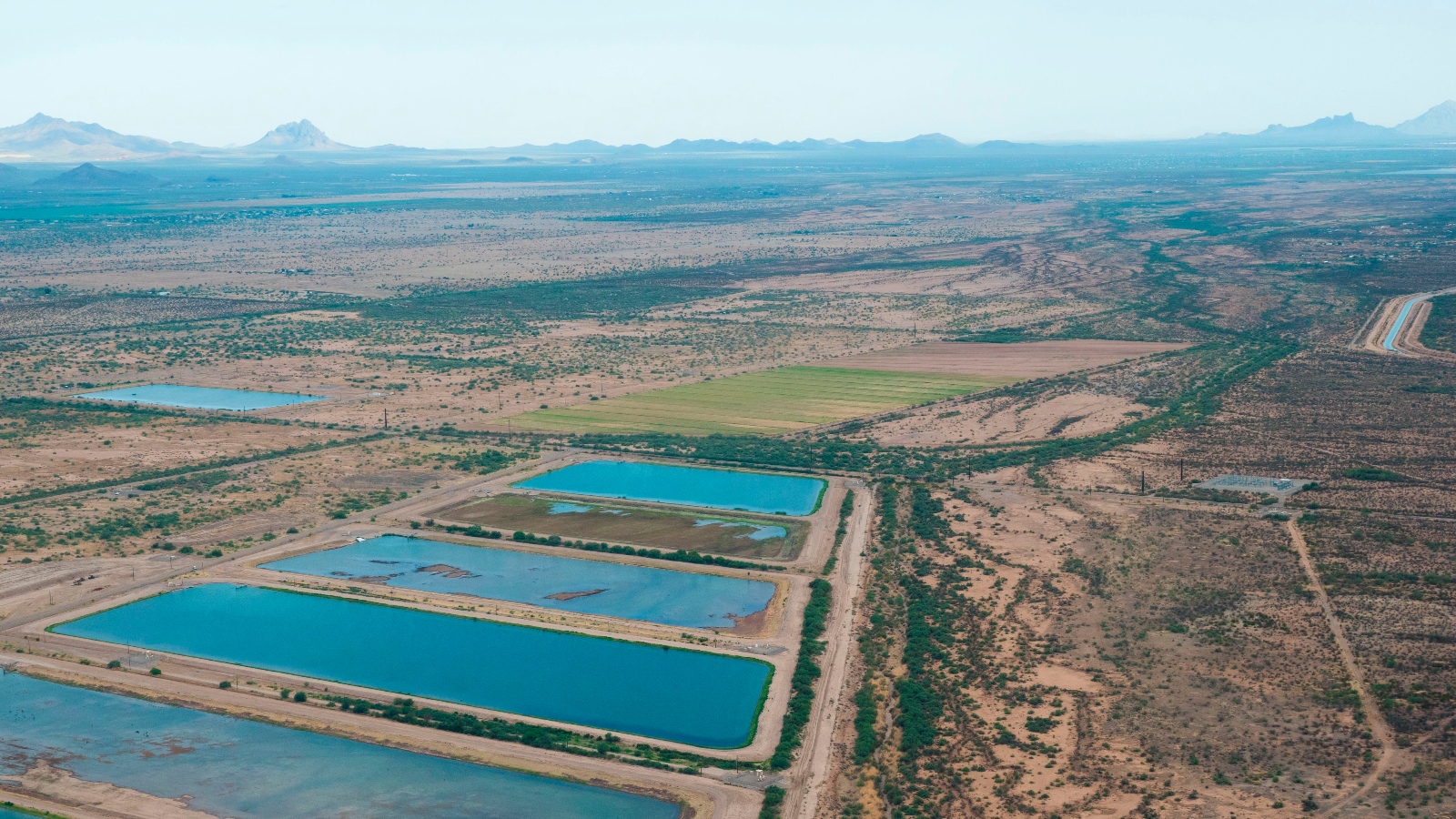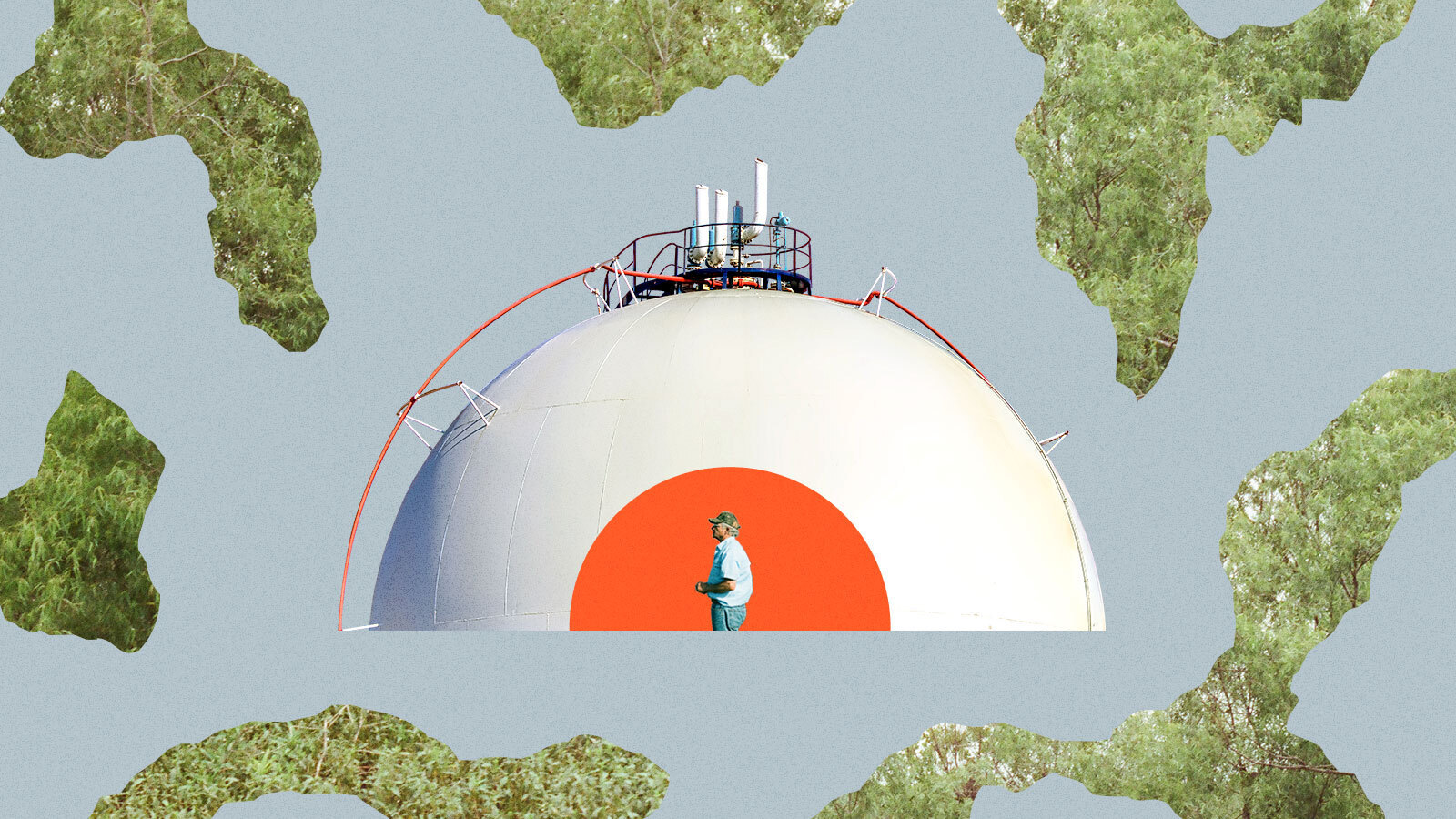Natalia, a 58-year old veteran farmworker from Florida, gets paid by the hour to work in a greenhouse, subjecting her and coworkers to a wretched humid heat that grows worse every summer. She gets two 10-minute breaks and one half-hour lunch each day, which recently have been moved from wherever she could find a corner to an air-conditioned lunchroom, a change she said has made a world of difference. No federal laws regulate heat exposure in the workplace, leaving employers free to do whatever they deem appropriate to protect workers; other farms Natalia has worked at lacked a bathroom and didn’t provide drinking water.
Failing to provide such things could soon become illegal. Later this year, a new rule from the Occupational Health and Safety Administration, or OSHA, could for the first time provide federal protection to heat exposure and require companies to invest in employees’ well-being during the hottest parts of the year.
Over the past several months, the agency held dozens of public meetings and collected more than 1,000 comments, many from workers but also a number from businesses and business associations worried about the impact any rule might have on their bottom line. But new research says employers might want to think twice about opposing a heat standard, because unprotected workers will deliver diminishing returns in an ever-hotter world. Meanwhile, labor advocates are trying, mostly unsuccessfully, to push state and local versions of a rule.
Natalia’s testimony was recorded by Jeannie Economos, who coordinates health and safety programs for an organization called Farmworker Association of Florida. Economos has been using that interview and countless others from the Sunshine State’s field, greenhouse, and construction workers to advocate for local, state, and federal workplace heat standards. An ideal guideline, she said, would at the very least guarantee sufficient access to cold, clean water and “not having to walk a mile down the fields to get water to drink when you’re hot, not having to wait until a break or you’re on the verge of fainting.”
OSHA is considering various components to the proposed standard, which it plans to publish later this year, an agency official told the Washington Post. (When asked about the timeline, OSHA referred Grist to a posting in the Federal Registry, which does not specify a timeline.) Mandatory workplace education programs would teach both workers and managers how to recognize and respond to heat illness and take its risks seriously. The rule also could mandate that employers consider heat stress a medical emergency, and prohibit retaliation against employees who complain or report violations. The measure almost certainly will require that employers provide regular breaks; clean, accessible water; and protective equipment like hats and cooling vests. Another possibility is a requirement that employees be allowed to acclimate to intense heat by working only 20 percent of a typical workday during the first day of a heat wave and incrementally increasing their hours each day.
Over the past 15 years, OSHA received three petitions to implement a federal heat standard. The rulemaking process finally began in 2021 but could stall again if President Biden loses this year’s election. “OSHA has to be balanced and there’s a lot of pressure on OSHA to do something, so we’ll just wait and see,” Economos said. “It could take three to eight years to get a [final] rule.”
She had hoped a state heat standard in Florida could prevent deaths in the meantime. According to the Bureau of Labor Statistics, 387 workers lost their lives to heat illness between 2013 and 2022, and because heat illness is often misattributed as heart failure or stroke, that’s almost certainly an undercount. State-level heat standards already exist in California, Washington, Minnesota, and Oregon, and one has been proposed in Colorado. California’s guideline only protects outdoor workers, but the state is planning to introduce rules for indoor workers this year. However, right-to-work states in the South have shown more opposition to such ideas. Texas preempted municipal attempts to regulate heat exposure last year. In Florida, attempts at a state heat standard were stymied by Republican lawmakers. Miami-Dade County officials were to consider a measure last fall but pushed it to March amid complaints that it was unfair to local business.
The federal rulemaking process is complicated and crowded, and OSHA is facing immense pressure from all sides. Any regulation must cover wildly varying conditions of a vast labor pool in multiple sectors, from electricians working in stuffy attics to construction workers framing houses to farmworkers harvesting vegetables in the full sun. Meanwhile, an equally staggering array of business interests have largely condemned, and in many cases actively lobbied against, attempts to do something, stating that employers already follow voluntary — and in some cases, state-level — heat-stress guidance and that further regulation would be burdensome. Segments of the construction and agricultural industries, along with chambers of commerce, have opposed the standard. “We firmly believe employers should be responsible or address heat hazards at individual facilities,” representatives of the National Grain Association and the Agricultural Retailers association wrote in a joint public comment directed to OSHA.
Their opposition may be short-sighted, however. In order to weather climate change in the long term without severe economic damage, research shows, governments and employers will have to find ways to protect people from the heat. For agricultural workers, that’s particularly vital. A study released last week in the journal Global Change Biology found that heat exposure doesn’t only impact crop yields — it also impairs the productivity of the people who plant and and harvest the crops, and limits their ability to work in the field. Already hot and humid Florida will heat up even more by the end of the century, reducing fieldworkers to around 70 percent of their current work capacity if working conditions do not improve.
Gerald Nelson, a professor at the University of Illinois Urbana-Champaign and the study’s lead author, said that feeding the world in a new and extreme era of climate crisis means caring for the people who put our food on the table.
“At some point it’s gonna be too hot,” Nelson said, “and you’re going to have to do some kind of remediation.”
That could mean simple rest breaks and water breaks. It could also mean opportunities to work at night, or to find and invest in crop varieties that thrive in slightly cooler seasons. “The challenge is to figure out a system that’s both good today and good tomorrow,” Nelson said.
But in the short term, Economos said a federal heat-protection rule is urgent. “While we’re waiting for the federal government,” she said, “people are dying.”
This story was originally published by Grist with the headline As summers grow ever hotter, OSHA appears ready to protect workers on Jan 29, 2024.







